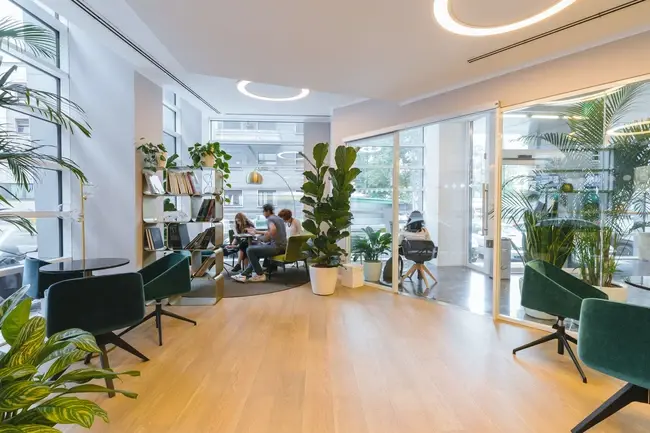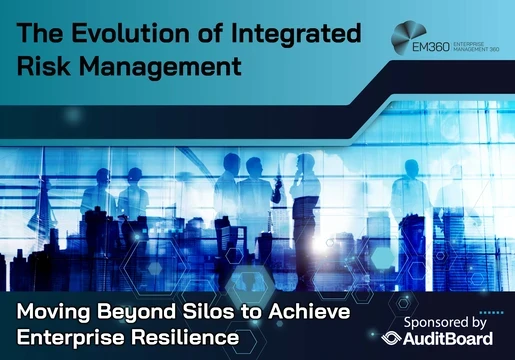
The past year has reshaped the office, not sidelined it.
As the environmental, global and economical climates keep shifting, the business world is split into two camps. One side is pushing for employees to return to the office full time, while the other side predicts the end of the traditional office as we know it. In reality, though, the office is not disappearing; rather, it is undergoing a profound transformation.
Even as companies downsize and adopt hybrid models, they still recognise the office’s value for collaboration and culture. Quality spaces remain in demand, reflecting a shift towards offices that embody corporate identity and foster creativity.
Organisations striving to stay ahead in today’s unpredictable landscape view the right office space as pivotal. It’s not only a hub for innovation and collaboration. The office of tomorrow is a statement of adaptability and resilience.
As we peer into the future, one thing is strikingly clear: the office, though reimagined, remains integral to navigating future work dynamics. Here are five insights on what the office will look like next year:
More flexibility and choice for employees
In the coming year, despite companies like Nike or Amazon reinforcing office attendance, employees will expect to have more control over their work schedules and locations. The tug-of-war persists, but the scales are tipping toward flexible work options. Employees cherish remote work privileges, often placing them above salary in job decisions. Inflexibility can push millions to career shifts, with workers valuing the ability to tailor work to their lives.
As the conversation around work models evolves, companies will move away from a one-size-fits-all hybrid work policy and instead adopt more flexible policies that are tailored to the needs of their employees. This flexibility will allow workers to tailor their days to their workload, creating a more efficient work ethic and making the work environment more inclusive.
A focus on employee well-being and engagement
Current trends show that while stress remains a workplace challenge, support from managers is dipping. With less than two-thirds of workers feeling backed by their bosses on mental health matters, there’s a push for environments where open conversations without judgment are the norm.
Recognising the undeniable link between a healthy work environment and increased productivity and job satisfaction, organisations will aim to reinvent office spaces to not just be places of work, but centres of wellbeing.
The office will begin to serve as a community space that enhances team cohesion and provides the necessary support structures, such as on-site counselling and areas dedicated to socialisation. This evolution reflects a broader understanding that a supportive and adaptable work environment is essential for attracting and retaining top talent, and for maintaining a productive and engaged workforce.
Investment in technology and infrastructure
As the ways of work continue to evolve, companies must prioritise investing in technology and infrastructure to support hybrid work. Currently only 48 per cent of organisations feel their teams are well-equipped technologically, when working remotely or in office. This is a challenge that needs urgent attention.
Critical investments start with a robust network infrastructure for uninterrupted connectivity, stringent data management practices and sophisticated cybersecurity defences. Beyond these essentials, companies should adopt efficient resource booking systems to ensure employees can work from the office productively and can seamlessly coordinate with teams and colleagues. Whether at home or in the office, employees must have reliable access to the technology they need to work well in any location.
New ways to measure productivity
Companies will need to develop new ways to measure the productivity of hybrid workers. With the cutting of commuting times, and flexible working schedules, traditional measures of productivity, such as hours worked, are no longer accurate.
In 2024, we need to start looking at goals met, work done per hour, how happy customers are, and if employees are involved and work well together. These metrics focus on the value of work, not just time spent. Assessing creativity, innovation and problem-solving will give companies a better view of productivity for those not just working in an office.
Focus on sustainability
The environmental clock is ticking and in the coming year companies will work harder to adopt more sustainable hybrid work practices. Where leases allow, they’ll look to cut down on office size and promote green habits like less travel and more sustainable workspaces. More companies will rely on data to make sure every space is used well, not only reducing energy usage but saving on costs as well.
These recuperated costs can then fund efforts to cut carbon emissions further. But there’s a challenge. As more people work from home, their carbon footprints grow. Organisations will need to guide their teams to be more conscious at home too. In that sense, 2024 will be all about making a sustainable company culture that reaches beyond the office.
The world of work is evolving, and the office of tomorrow is calling for strategic adaptation. The fluctuating work climate demands an adaptive and flexible office environment. This benefits employers and employees alike, with a specific focus on employee well-being, environmental sustainability and business productivity.
As we close the chapter on today’s office, we’re stepping into a new dawn where the hybrid offices of tomorrow will meet the needs of our changing world.













Comments ( 0 )